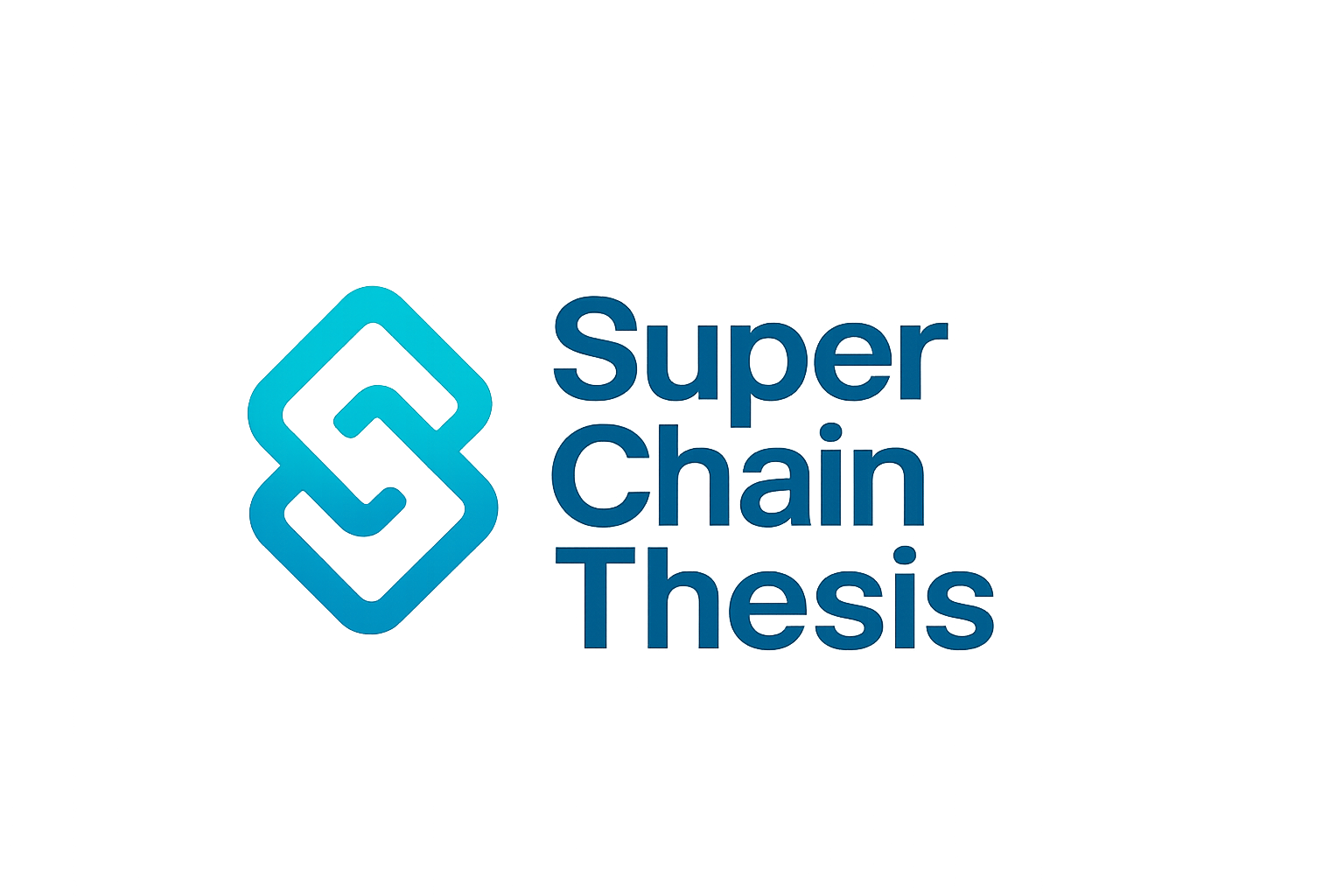
The rapid growth of Layer 2 (L2) solutions has transformed Ethereum’s scalability landscape, but it has also introduced new challenges around liquidity fragmentation and user experience. The OP Stack, developed by Optimism, addresses these issues head-on by powering the Superchain: a cohesive network of interoperable OP Stack-based rollups designed to function as a unified ecosystem. This architecture is fundamentally reshaping how blockchains communicate, share assets, and coordinate upgrades.

Why Cross-Rollup Interoperability Matters
Historically, L2 rollups operated as isolated silos. While each brought improvements in speed and cost, moving assets or data between them was cumbersome and often required routing through Ethereum mainnet (L1), incurring high latency and additional fees. The Superchain vision seeks to eliminate these inefficiencies by enabling direct, trust-minimized communication between chains built on the OP Stack.
At its core, OP Stack interoperability enables OP Stack chains to read each other’s state. This unlocks low-latency cross-rollup transactions and composability that rivals single-chain environments. For developers and users alike, this means seamless experiences across different applications and chains within the Superchain network.
The Building Blocks of OP Stack-Powered Interoperability
The technical foundation for Superchain cross-rollup interoperability lies in four core components:
Key Components of OP Stack Cross-Rollup Interoperability
-
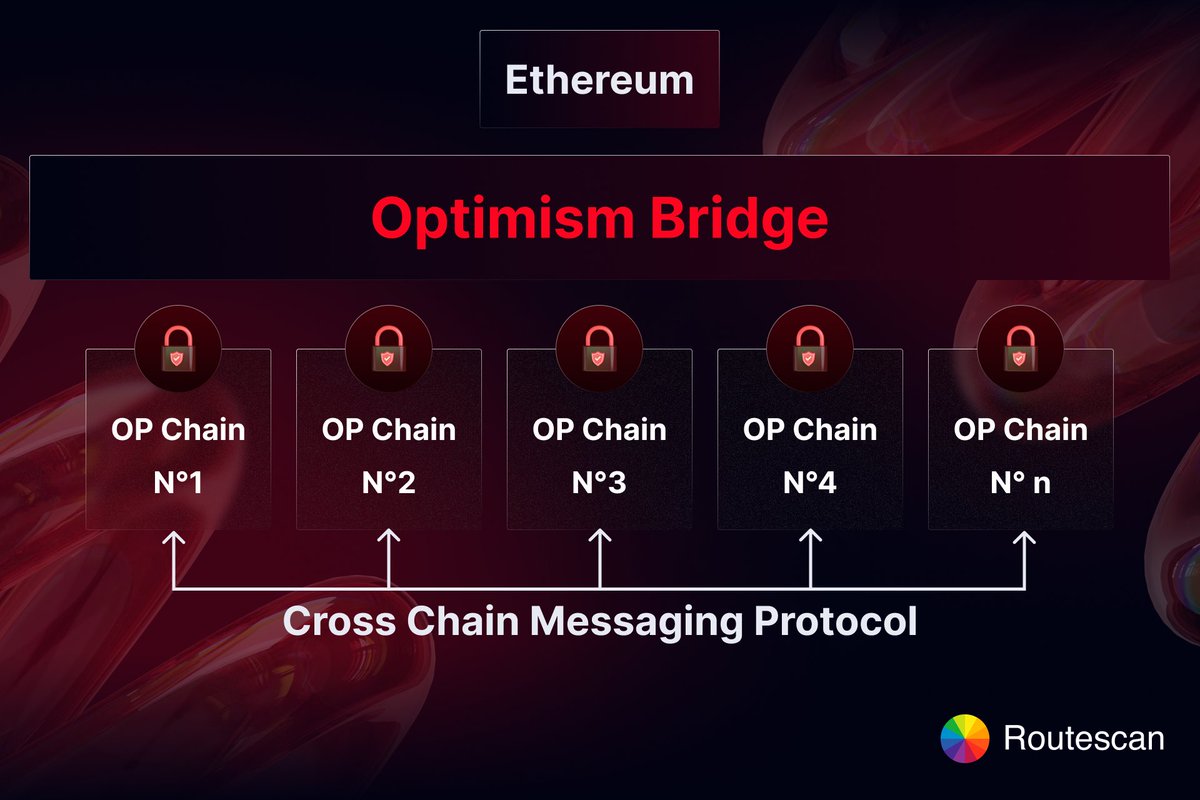
Message Passing Protocol: This protocol enables secure and efficient cross-chain communication by allowing messages to be created on one OP Stack chain and executed on another, ensuring the integrity of cross-rollup interactions.
-

SuperchainERC20 Token Standard: An extension of the ERC20 standard, SuperchainERC20 ensures asset fungibility and portability across all Superchain chains, unifying liquidity and simplifying cross-chain asset transfers.
-
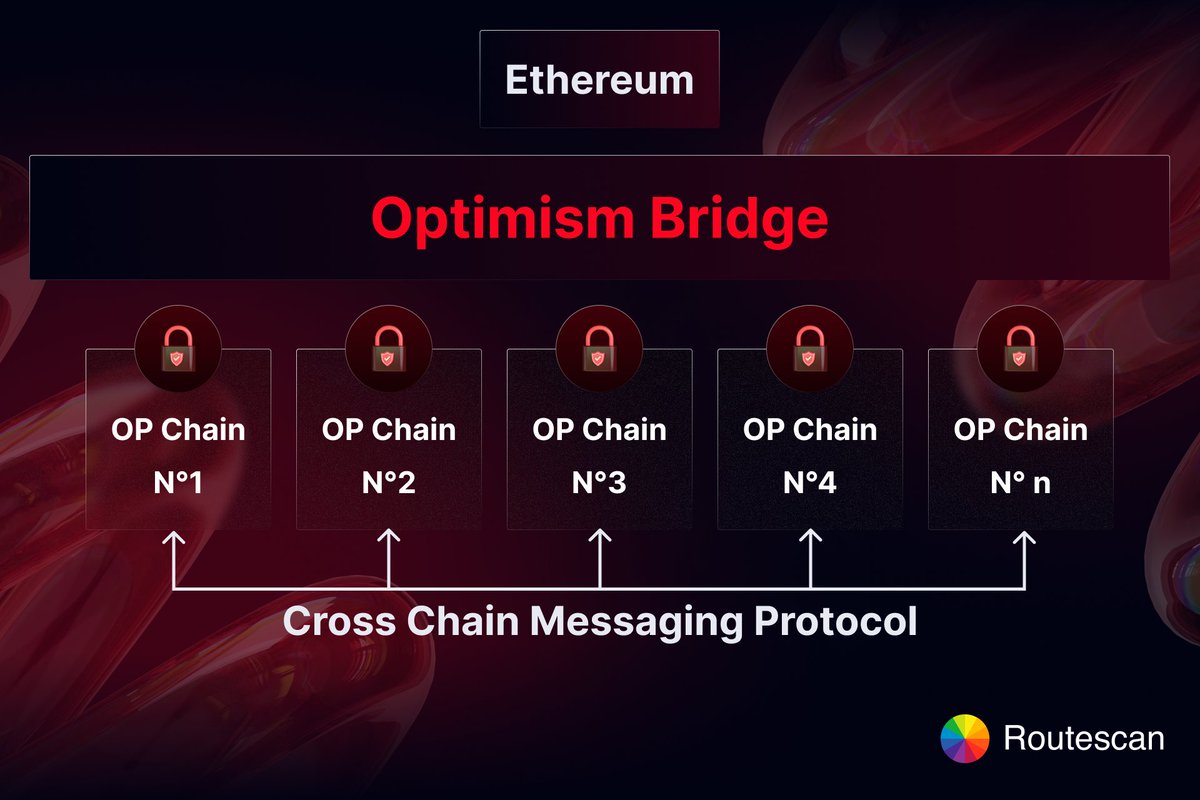
Interoperable Chain Set: This component defines a set of OP Stack chains configured to read and depend on each other’s state, enabling synchronized cross-chain operations and cohesive Superchain functionality.
-
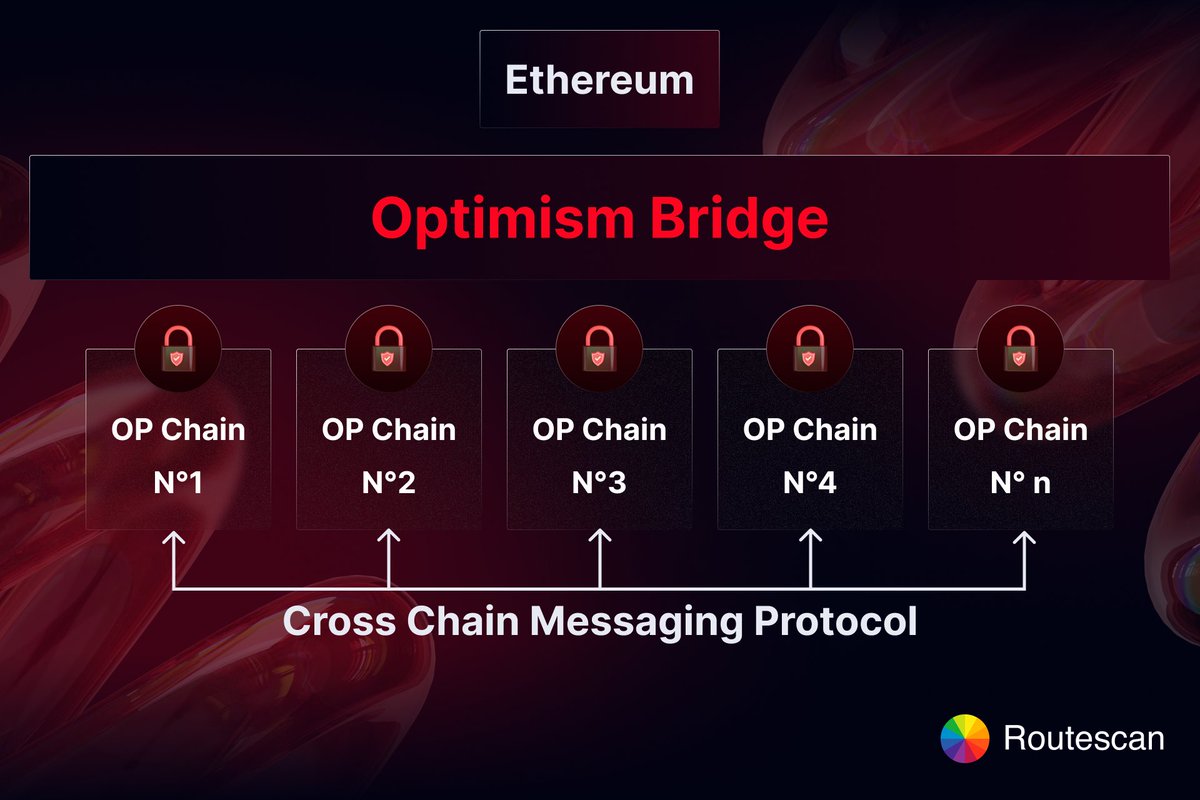
Shared Interop Fault Proof System: A collective security mechanism that verifies and secures cross-chain transactions across the Superchain, maintaining trust and asset integrity throughout the ecosystem.
Each component plays a distinct role in achieving secure and efficient multi-rollup communication:
- Message Passing Protocol: This protocol is responsible for secure message creation and transmission between chains. It ensures that actions initiated on one chain can be executed on another with integrity and minimal delay.
- SuperchainERC20 Token Standard: Extending ERC20 for the Superchain context, this standard unifies asset fungibility across rollups while maintaining a consistent security model for bridged tokens.
- Interoperable Chain Set: A configuration that allows participating chains to mutually read state data from each other, underpinning synchronized operations like atomic swaps or shared governance.
- Shared Interop Fault Proof System: By linking security assumptions across all member chains, this system ensures that cross-chain actions are verifiable and resilient against fraud or double-spending attacks.
Together these innovations allow the Superchain to function as more than just a collection of L2s, they form an integrated platform with shared liquidity pools, unified governance mechanisms, and composable smart contracts spanning multiple rollups.
The User Experience: From Fragmentation to Fluidity
The impact of OP Stack Superchain interoperability extends far beyond backend architecture. For end users, it means bridging assets or interacting with decentralized applications will no longer require navigating multiple bridges or waiting for slow L1 confirmations. Instead, users can expect near-instant transfers of tokens like those standardized via SuperchainERC20, no matter which OP Stack chain they’re using.
This leap in usability is critical for mainstream adoption. As more projects deploy custom rollups using the OP Stack, such as Base, Mode, or Worldcoin, the ability for these ecosystems to interact natively will drive network effects previously limited to monolithic blockchains. Developers gain access to larger liquidity pools and user bases without sacrificing security or performance.
Crucially, the OP Stack’s modular approach means that every new rollup launched within the Superchain ecosystem inherits these interoperability features by default. This standardization reduces friction for both developers and users, making it possible to deploy applications and assets that are natively cross-chain from day one. The result is a network where capital and information flow freely, without the bottlenecks or trust assumptions of legacy bridging solutions.
Security and Trust in Multi-Rollup Communication
One of the most significant advancements brought by OP Stack interoperability is its approach to security. The Shared Interop Fault Proof System creates a unified security model across all Superchain rollups. Rather than relying solely on individual chain validators or external bridges, cross-rollup transactions are subject to collective verification. This not only mitigates risk but also streamlines dispute resolution and fraud detection across the ecosystem.
Additionally, the message passing protocol operates with lower latency than traditional L1-based communications, enabling real-time composability between decentralized applications (dApps) on different rollups. This is a foundational step toward building an internet of blockchains where user experience is indistinguishable from single-chain environments.
The Road Ahead: Scaling Ethereum Through Unified Rollups
The Superchain’s vision aligns closely with Ethereum’s long-term scalability roadmap: rather than one chain to rule them all, we move towards a network of specialized yet interoperable rollups. As more chains join the Superchain via the OP Stack, this web of interconnected L2s will continue to grow in utility and resilience.
Yet, challenges remain. Achieving seamless interoperability requires ongoing coordination around standards, governance, and upgrades. The active development and testing phase, highlighted by recent testnet launches, demonstrates both progress and a pragmatic recognition that robust interop is an iterative process.
For investors and builders evaluating where to allocate resources within Ethereum’s scaling landscape, understanding these technical underpinnings is critical. Projects leveraging OP Stack interoperability are positioned to unlock new business models, ranging from unified DeFi protocols to cross-chain NFT marketplaces, that simply weren’t feasible in siloed L2 worlds.
Key Takeaways for Stakeholders
Key Benefits of Superchain Interoperability for Stakeholders
-
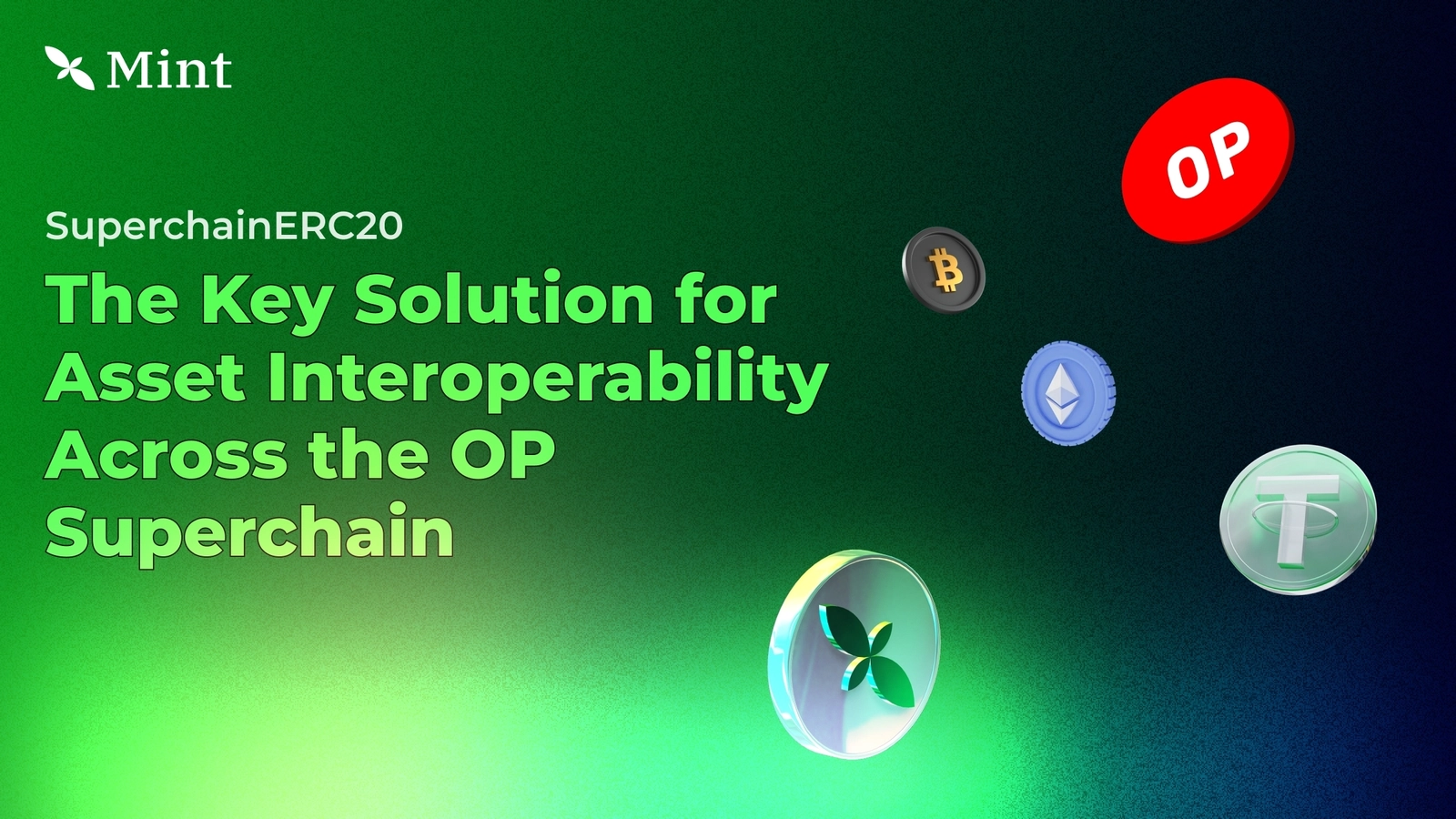
Developers: Streamlined Cross-Chain App DevelopmentThe OP Stack’s shared protocols and message passing enable developers to build decentralized applications (dApps) that seamlessly interact across multiple OP Stack chains, such as OP Mainnet, Base, and Mode. This reduces integration complexity and accelerates the deployment of interoperable dApps.
-
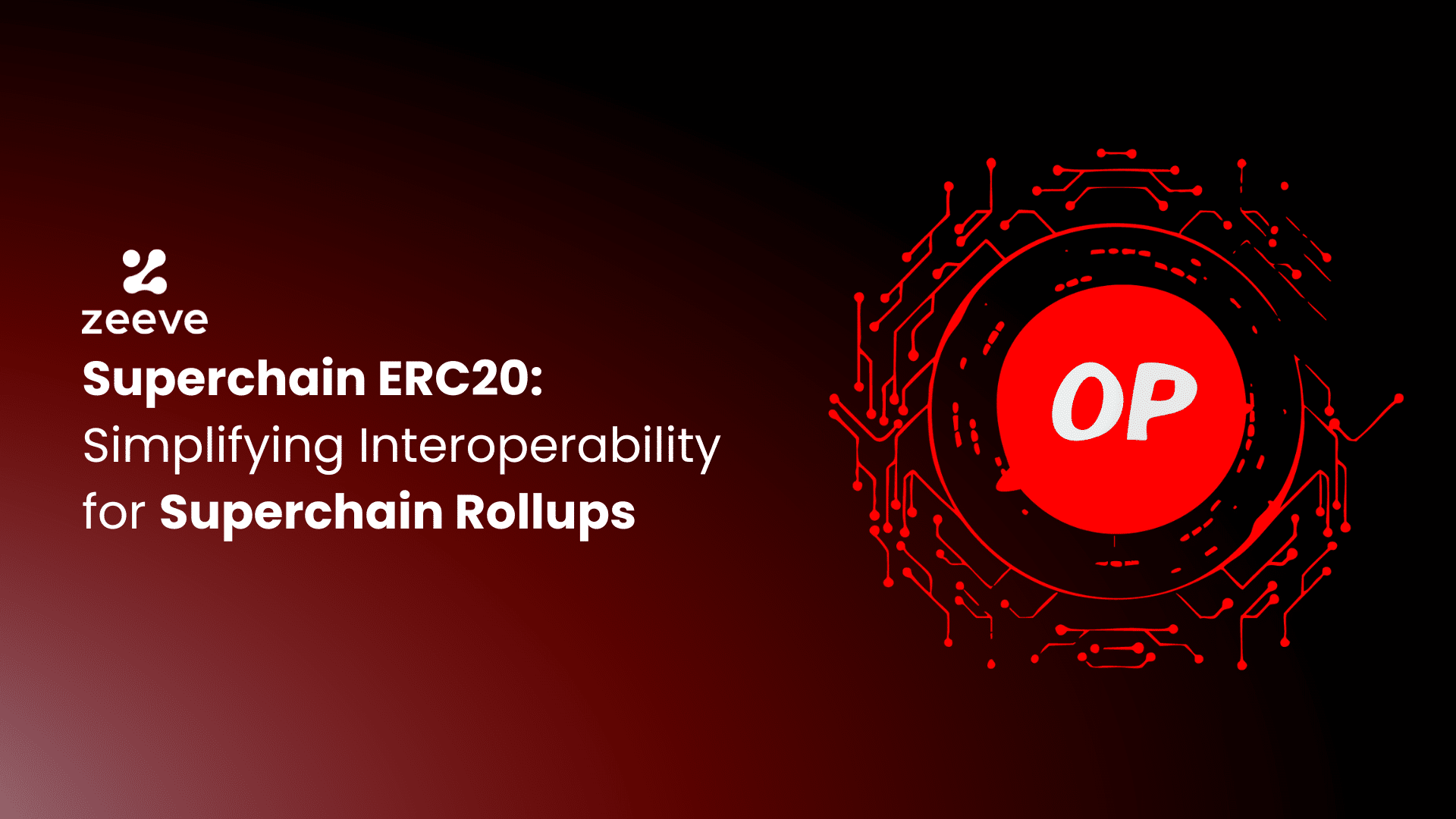
Users: Unified Experience and Lower CostsSuperchain interoperability allows users to move assets and interact with dApps across different OP Stack rollups without complex bridging or fragmented interfaces. The SuperchainERC20 standard ensures asset fungibility, providing a consistent and cost-efficient user experience throughout the Superchain ecosystem.
-
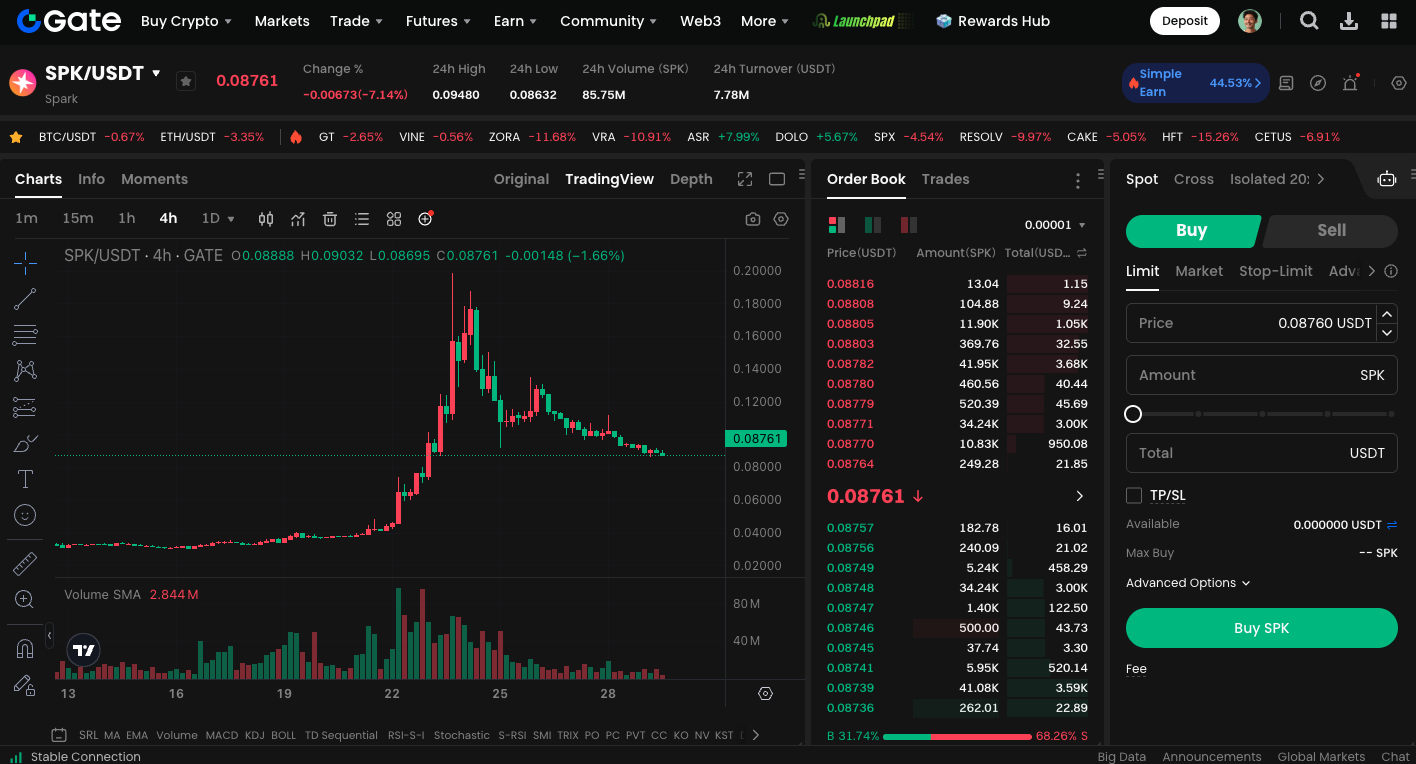
Liquidity Providers: Enhanced Capital EfficiencyBy standardizing asset movement and enabling cross-chain liquidity pools, the Superchain minimizes liquidity fragmentation. Liquidity providers can deploy capital more efficiently across interconnected rollups, benefiting from unified markets and improved trading opportunities.
The maturation of Superchain cross-rollup capabilities signals a shift from isolated scaling solutions toward truly collaborative infrastructure. As standards like SuperchainERC20 gain adoption and shared security systems mature, expect to see exponential growth in both user activity and total value locked across interconnected rollups.
The coming year will be pivotal as more projects go live with native interop features enabled by the OP Stack. For those tracking blockchain scalability trends or seeking sustainable exposure to Ethereum’s evolving ecosystem, monitoring Superchain developments offers a front-row seat to the next phase of decentralized innovation.
